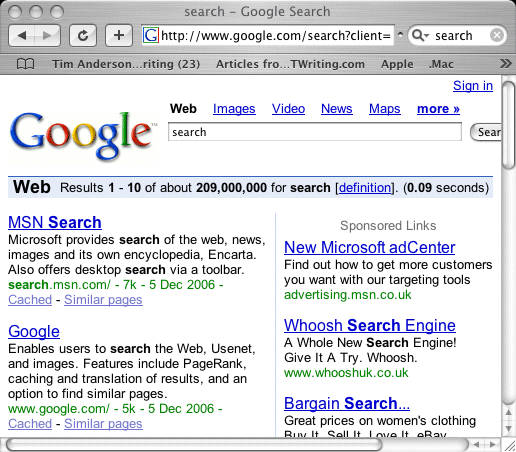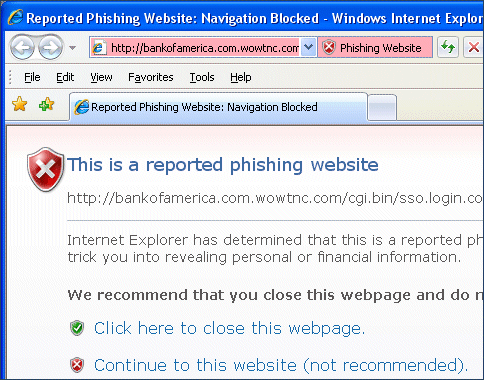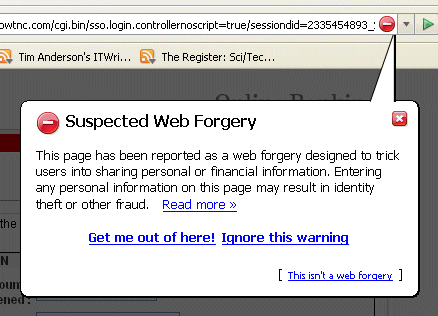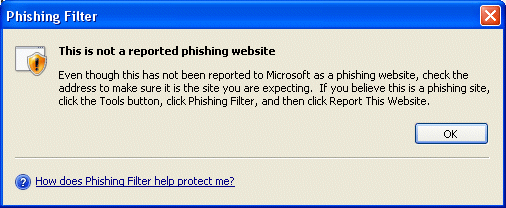The Director of the W3C, official guardian of web standards, says HTML will be reinvented. In his blog entry, Tim Berners-Lee says the W3C has failed to drive adoption of XML, the well-formed web:
The attempt to get the world to switch to XML, including quotes around attribute values and slashes in empty tags and namespaces all at once didn’t work. The large HTML-generating public did not move, largely because the browsers didn’t complain.
I applaud his honesty; yet at the same time this is a huge admission of failure. The W3C’s HTML strategy for the last seven years at least has been based around shift the web to XHTML, an XML specification. HTML 4.x was frozen and has not been touched since December 1999. If you have heard talk of HTML 5.0, it is because of the work of What WG, not the W3C.
A W3C-approved HTML 5.0 would likely have had significant impact back in, say, 2002. No doubt IE7, FireFox 2.0 and Safari would all now support it.
But now? I’m not convinced this will make much impact. As Joe Clark says:
HTML is a topic of interest. But it isn’t an outright fiasco. HTML, in large part, works fine right now.
The reason it works fine is that the world is moving on. Interesting things on web pages now happen outside HTML. The big story in web design over the last couple of years is about (separately) Flash and Javascript/AJAX – though AJAX does use the HTML DOM (Document Object Model). Now we are watching Microsoft to see if it can pull off Windows Presentation Foundation/Everywhere, its answer to Flash. HTML is becoming a container for other types of content.
Another question: if the W3C has failed to achieve XHTML adoption, why will HTML 5.0 be any different? Berners-Lee suggests that it will be different because the process will be better:
Some things are very clear. It is really important to have real developers on the ground involved with the development of HTML. It is also really important to have browser makers intimately involved and committed. And also all the other stakeholders, including users and user companies and makers of related products.
Fair enough; and Daniel Glazman for one is buying it. I’m not sure. Will the process really be so different? The key question is what the de facto powers of the web will do, the likes of Microsoft, Adobe, Google, and Mozilla. Without their support, HTML 5.0 is nothing – and I don’t mean just the token person on the committee.
The W3C doesn’t need to reinvent HTML. It needs to reinvent itself.






